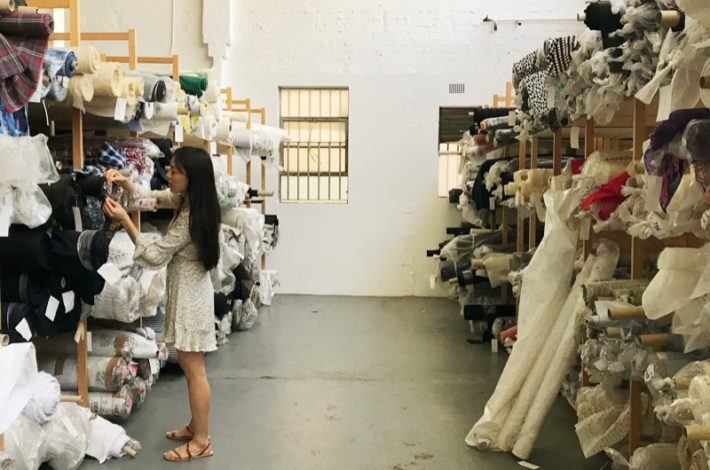By Sirish Gouda, Sanjeev Swami and Debabrata Ghosh ·April 30, 2019
In 2018, British fashion luxury house, Burberry faced severe criticism when it burned approximately $37 million worth of unsold clothes, accessories and perfumes. Other companies in the apparel, fashion and textile industry have faced similar criticism for incinerating products for strategic reasons such as intellectual property protection and brand exclusivity. In addition, the industry produces approximately 92 million tons of waste a year. The Environmental Protection Agency estimates that in 2015 more than 16 million tons of textile waste was generated in the United States alone, out of which more than 65% was landfilled.
The industry can improve its environmental performance by increasing the volume of product it recycles. But there is another, less well-known strategy available that is attracting attention: upcycling
Upcycling is the process of transforming an otherwise disposable or unwanted material into a product of higher perceived value or quality using creative inputs. The process creates products that have higher aesthetic value and extended usage. It is an innovative and less energy-intensive way of achieving the cradle-to-cradle approach to commerce associated with a circular economy.
